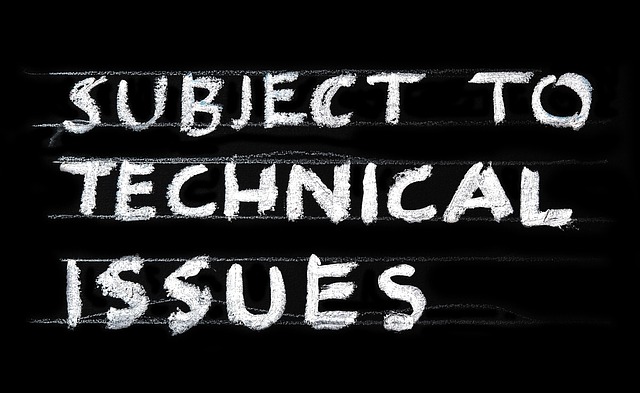Taking a Stand: The Power of Boycotts in Combatting Climate Change and Protecting the Environment
The call to action against climate change grows louder as we become more aware of the environmental crises that threaten our planet. In this age of information, we find ourselves at a crossroads where our choices can lead to significant change. One powerful tool in this fight is the act of boycotting.
Each year, the impacts of climate change become increasingly evident. We witness the heartbreaking devastation of wildfires, the rise in sea levels, and extreme weather patterns wreaking havoc on communities. As we grapple with the reality of our warming planet, it’s crucial to understand how our collective actions can foster change.
Boycotts serve as a form of protest against companies and industries that contribute significantly to environmental degradation. When consumers choose to withdraw their financial support from brands that neglect sustainability and climate responsibility, they send a powerful message. It’s not just about losing customers; it’s about demanding accountability and encouraging a shift toward more eco-friendly practices.
Consider the impact of refusing to buy goods from companies with a history of polluting practices or those that do not prioritize renewable energy. Every dollar spent is a vote for the type of world we want to build. By boycotting brands that disregard our environment, we align our spending with our values. This conscious consumerism is a force that should not be underestimated, as it calls for transparency and responsibility in the business practices of those we support.
Some notable movements have harnessed the power of boycotts to create lasting change. The fossil fuel divestment movement has seen universities, churches, and local governments pulling investments from oil and gas companies. This is a clear demonstration of how collective action can influence corporations and policymakers alike. When institutions divest, they not only challenge these companies economically but also encourage others to re-evaluate their investment strategies. This ripple effect can expedite the transition to a greener economy.
Boycotting is not just about what we refuse to buy; it’s also about championing alternatives. Supporting businesses that prioritize sustainable practices fosters an environment where eco-friendly options can thrive. By choosing to invest in companies that are committed to reducing their carbon footprint, we strengthen the market demand for greener innovations and practices.
The emotional connection to the environment urges us to take action. Our planet is more than just a resource; it’s our home, our heritage, and the source of life for countless species. Boycotting unjust practices serves as a declaration of our attachment to this shared earth and represents our commitment to its protection.
As individuals, we may feel overwhelmed by the magnitude of climate change. However, collectively, we can use boycotts as grassroots strategies that mobilize communities and engage in the fight for a sustainable future. It’s about harnessing our emotions, our voices, and our purchasing power to demand better for the planet we call home.
In the battle against climate change, we must embrace our roles as conscientious consumers. With every decision to boycott, we assert our belief in a sustainable future and challenge the status quo. The emotional weight of our actions reflects our deep connection to the environment and our unwavering commitment to protecting it.




